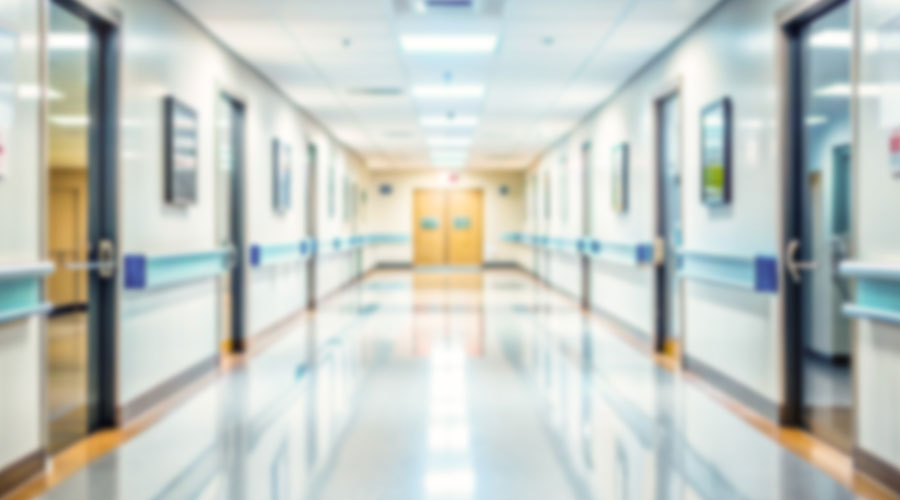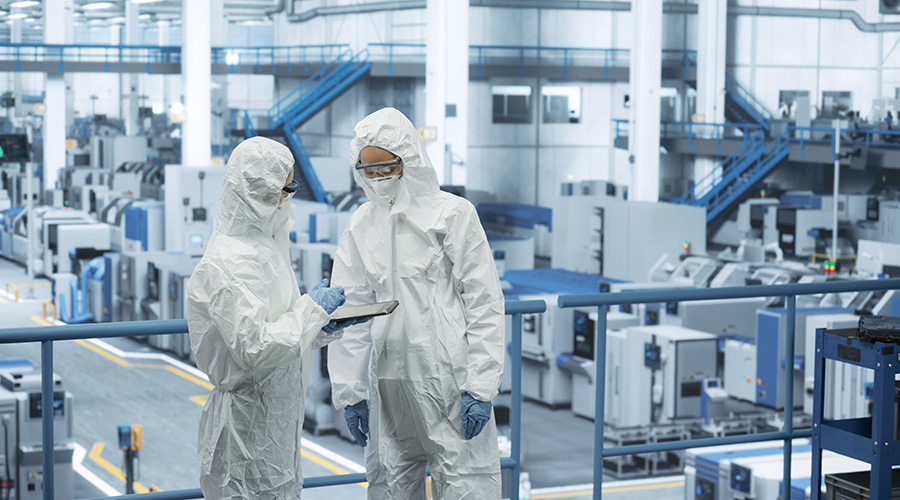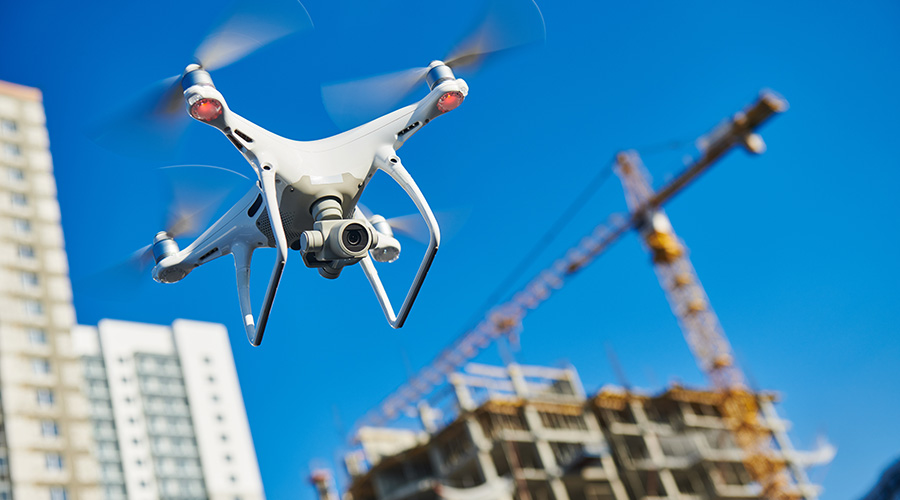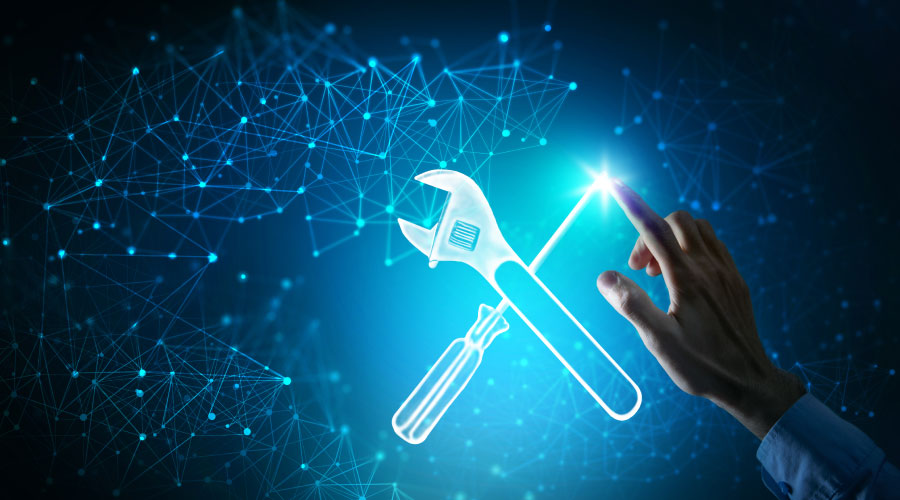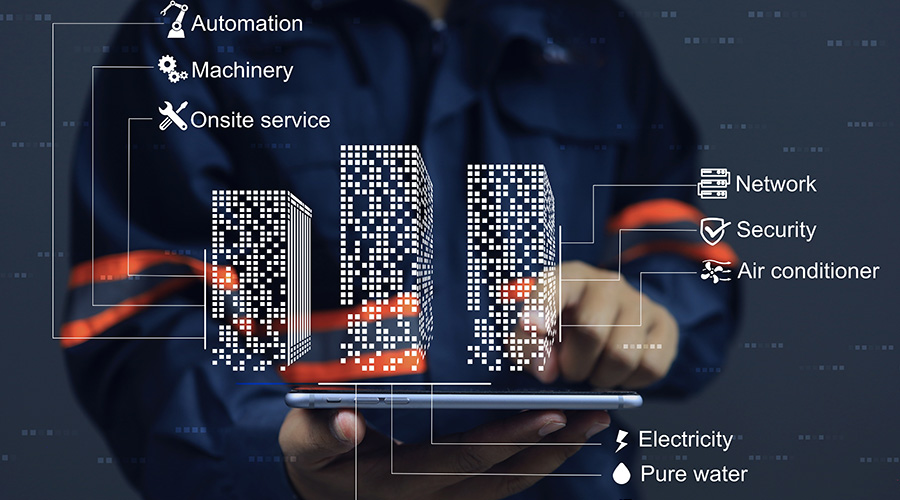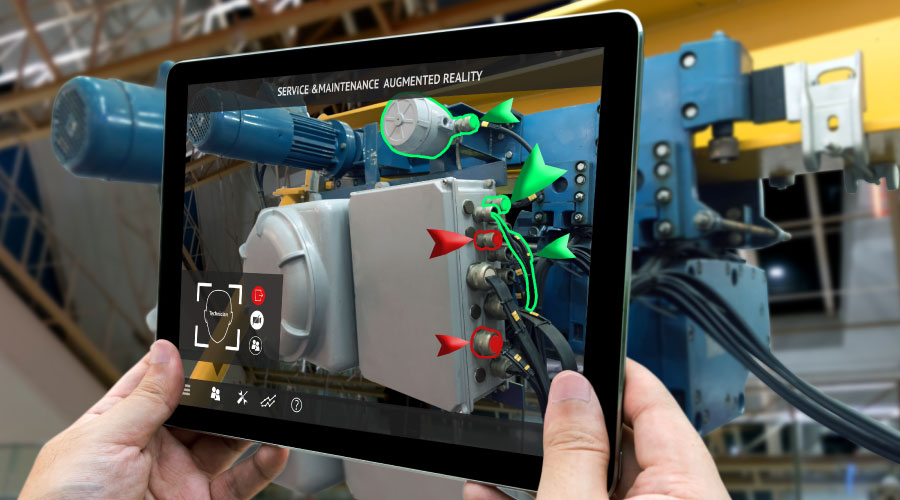Orthomosaics: Updating Condition Assessments with Drone and AI Technology
Technology creates high-resolution images from aerial photography and uses AI condition detection to provide accurate identification of surface-level distress.
By Jeff H. Poe Jr., Contributing Writer
While the need for accurate and efficient methods to assess and repair building enclosures is longstanding, recent improvements in drone technology and image quality, as well as artificial intelligence (AI) technology that can detect conditions is bringing the emerging technology of orthomosaics for existing buildings to the forefront.
Traditional methods of building condition assessment often involve manual inspection, which can have cost, timeline, accuracy and safety implications. Orthomosiacs create high-resolution, map-like images from aerial photography and using AI condition detection, considerably advance the complete and accurate identification of surface-level distress.
Traditional assessments and pain points
Building owners and facility managers have long contended with the challenges associated with traditional building condition assessments. Manual inspections come with significant cost, timeline, accuracy and safety implications, which can lead to missed issues, delayed repairs and increased expenses.
Manual inspections can involve the use of ocular scopes from grade or a high vantage point, aerial lifts, ladders or rope access, or swing stages. The use of each method is expensive when surveying an entire building’s façade and have their own negative time and safety impacts, including:
- user experience and competency
- equipment integrity and function
- weather considerations
- overhead and fall protection systems
- limited access
- site traffic and pedestrian management.
Using this equipment, workers doing manual inspections with binoculars or even 360-degree GPS cameras strapped to their helmets can take a full day or more to traverse an entire building.
In this scenario, it is difficult to be exacting regarding defects because conditions are typically estimated and assumptions made, for example, on the percent of mortar joints that need to be replaced. As the day wears on, human exhaustion can factor in, and results can be incomplete, inaccurate or misinterpreted.
In contrast, with a drone pilot and spotter:
- There is less time on site.
- Safety considerations are minimized.
- Conditions are quantified by the linear or square foot.
- AI can be exacting on conditions.
- Images and reports can be recorded and stored indefinitely and compared to future building condition assessment data.
Orthomosaics and AI
Orthomosaics and AI condition detection combine to deliver a transformative approach to building assessments. Using drones, numerous overlapping photographs are taken and stitched together using sophisticated software to produce a seamless, accurate representation of the structure’s facades. The result is a detailed, up-to-date photo map of the building that can be analyzed for various conditions.
The process begins with image collection. Using drone photography, comprehensive data is captured from multiple angles of the entire structure, including hard-to-reach areas, in a fraction of the time required by manual inspections.
Once the images are collected, they undergo processing through specialized software that aligns and merges the photographs, correcting for distortions and ensuring accurate scaling. The final product is an orthomosaic map that precisely reflects the building's state.
With the orthomosaic map complete, AI analysis can begin. Advanced algorithms are employed to scrutinize the map, identifying signs of structural distress such as cracks, spalls, water damage and material deterioration. AI's ability to analyze vast amounts of data quickly ensures that even the smallest anomalies are detected, providing a comprehensive assessment of the building's condition.
But human oversight is still intrinsic to the process of validating findings and making informed decisions based on reliable data. While AI condition detection offers significant advantages, it is not without its limitations.
AI systems can sometimes hallucinate, resulting in conditions that might be misinterpreted and find conditions that are not present, miss conditions entirely or apply inaccurate labeling to suspect conditions. Again, the need for human oversight is warranted.
Armed with refined clarity of findings and accurate data, facility managers can devise effective repair plans. The orthomosaic map and analysis allows for targeted interventions, minimizing disruptions and optimizing resource allocation. This strategic approach ensures repairs are conducted efficiently, addressing the most critical issues first and preventing further deterioration.
Advantages and considerations
For building owners and facility managers considering the use of orthomosaics for their facilities, the process involves assessing the technology’s advantages, as well as the specifics of the application. Among the advantages:
Schedule. Traditional manual inspections can be time-consuming, often requiring extended periods to cover large or complex structures. Orthomosaics expedite the initial assessment process. Drones can capture comprehensive data swiftly. The subsequent AI analysis is conducted rapidly, and even accounting for a consultant’s review, the overall timeline for the entire process of building condition assessments is reduced.
Budget. Manual inspections involve labor costs, equipment expenses and potential downtime at the building and surrounding environs. Orthomosaics mitigate these costs by streamlining the process. The reduced need for manual labor and the speed of drone and AI technology result in substantial cost savings.
Safety. By capturing images from a distance, drone photography significantly mitigates safety risks for inspection personnel. This technology is particularly valuable for assessing the roofs and façade of tall or complex structures, as well as hazardous or hard-to-reach areas.
Accuracy. The high-resolution images, and AI analysis with a consultant’s validation, help ensure that even the smallest defects are detected. This level of accuracy is often unattainable through manual inspections, where human fatigue and limited visibility can lead to oversights. All AI analysis, including for orthomosaics, can generate hallucinations – when the model perceives patterns or objects that are nonexistent, creating nonsensical or inaccurate outputs. The team managing the analysis must be trained to spot and correct for this phenomenon.
Planning. Effective planning is crucial for timely and cost-effective repairs. The detailed insights provided by orthomosaics allow facility managers to prioritize and schedule repairs, allocating resources efficiently over time. It also facilitates more efficient and cost-effective remedial design. The ability to visualize the entire structure in one comprehensive map enhances planning and coordination efforts.
Owners and managers also need to consider several key factors before making a final decision on specific technology and partners:
- Image quality. Ensure the drone technology employed offers high-resolution imaging capabilities. Clear, detailed images are essential for accurate AI analysis.
- AI capabilities. Evaluate the AI technology used for condition detection. Advanced algorithms with proven accuracy in identifying structural issues are crucial for reliable assessments.
- Data security. Given the sensitive nature of building data, prioritize platforms and providers that offer robust data security measures to safeguard the collected information.
- Provider expertise. Choose a provider with a track record of successful orthomosaic applications. Experience and expertise in drone technology and AI analysis are vital for optimal results.
Orthomosaics success story
In 2024, the University of North Carolina Asheville hired a team to perform a drone survey of one of its academic, office and lab campus buildings. The drone flight was completed in a day, and following the flight, the images were sorted into various elevations and assembled into a photomosaic for condition detection.
The report was issued one month later and included orthomosaics from the imagery taken during the drone flight, AI analysis of the conditions, internal review of the findings, onsite review of blocked or suspect conditions and generation of elevation plans and a report. In a little more than 30 days, the university had the accurate information to plan, budget and implement remedial actions.
The integration of orthomosaics and AI condition detection is revolutionizing the field of building condition assessments. Embracing this technology is a step forward, as well as a leap toward a future where building assessments are more efficient, precise and insightful.
Jeff H. Poe Jr., P.E., is a senior engineer with Terracon.
Related Topics:






